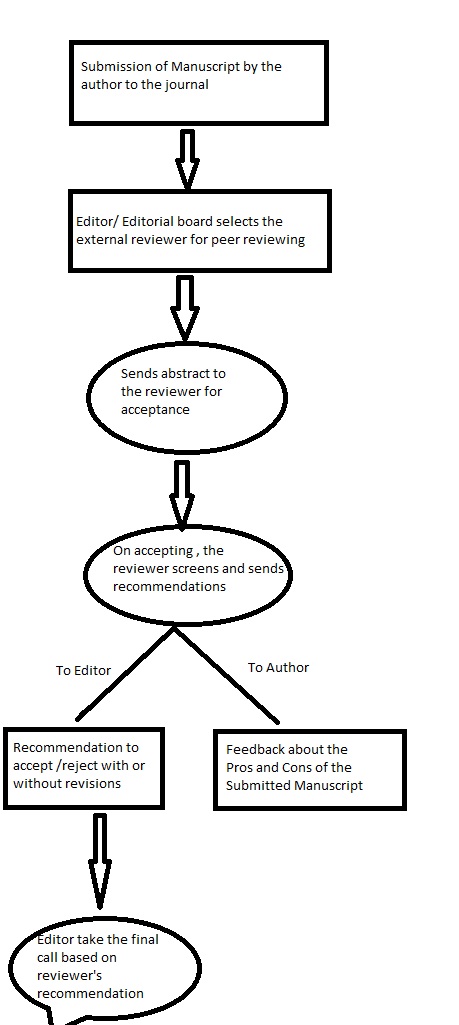Peer Reviewing for Academic Journals
Introduction[edit | edit source]
With the increased surge in Journals and researches happening all over, it is very essential to ensure that the correct information is propagated. The Peer review forms an important aspect of today's research publication. Shortly, it is the screening of the submitted manuscript by two or more of the topic experts.
Background[edit | edit source]
Practically no historical accounts of the evolution of peer review exist. Biomedical journals appeared in the 19th century as personal organs, following the model of more general journalism.[1] Peer review originated with the Royal Society of Edinburgh in 1732 and subsequently was adopted by the Royal Society of London in 1752.[2] Several factors contributed to the widespread adoption of peer review across the physical, biomedical, and behavioral sciences after World War II, including increased federal support for research, dramatic growth in the research community, increased specialization among researchers with a concomitant demand for reviewer expertise, and intense competition for journal page space. However, editorial practices appear to have changed piecemeal, with each editor and journal rediscovering the process anew.[2]
Process[edit | edit source]
Role of a reviewer[edit | edit source]
Essentially, the reviewer serves two major functions. [3]
The first function is to judge whether the manuscript merits publication (usually after revisions) by providing a global rating—that is,
- “Accept,”
- “Accept Pending Revisions,”
- “Reconsider After Major Revisions,” or
- “Reject.”
The second role is to provide constructive criticisms for the authors, regardless of whether the manuscript is deemed acceptable for eventual publication.
Merits & Demerits[edit | edit source]
References[edit | edit source]
- ↑ Burnham, J.C. (1990). The evolution of editorial peer review. Journal of the American Medical Association, 263, 1323–1329.[abstract]
- ↑ 2.0 2.1 Suls J, Martin R. The air we breathe: A critical look at practices and alternatives in the peer-review process. Perspect Psychol Sci. 2009, 4:40–50.
- ↑ James M. Provenzale, Robert J. Stanley; A Systematic Guide to Reviewing a Manuscript ;Special Article, Commentary; AJR:185, October 2005, DOI:10.2214/AJR.05.0782







